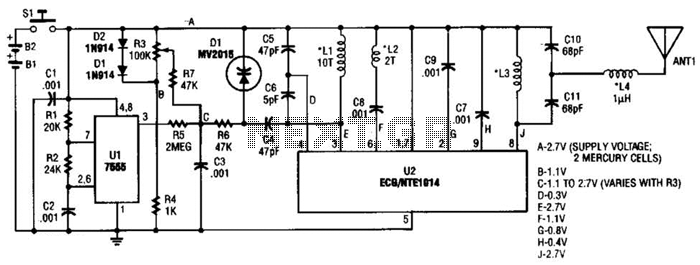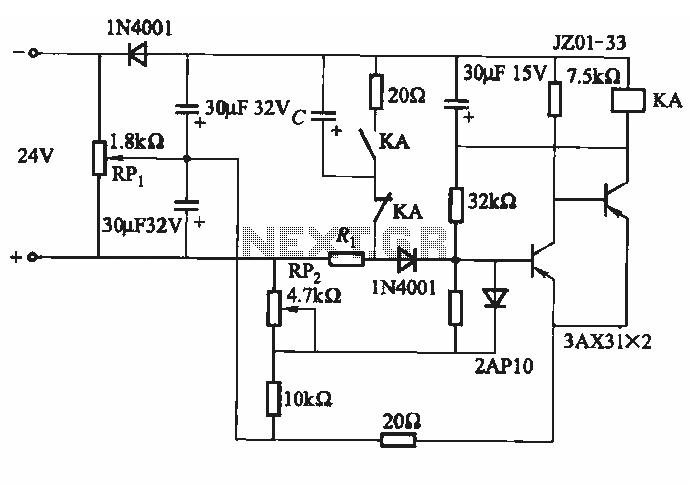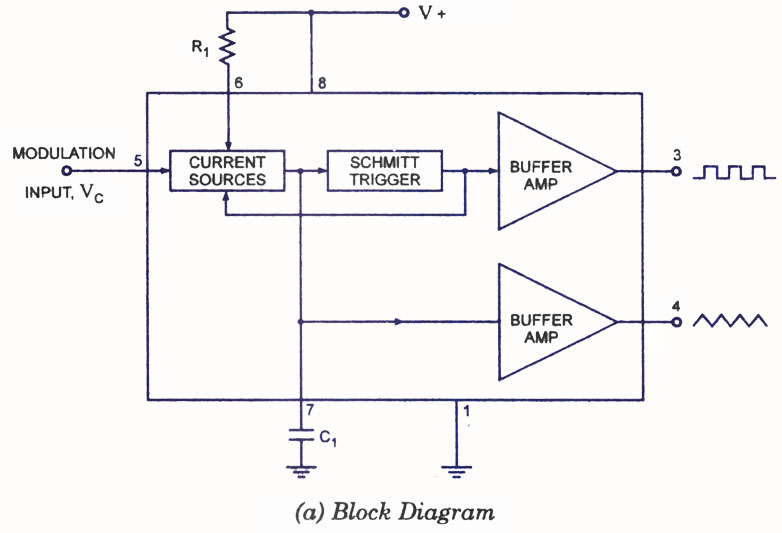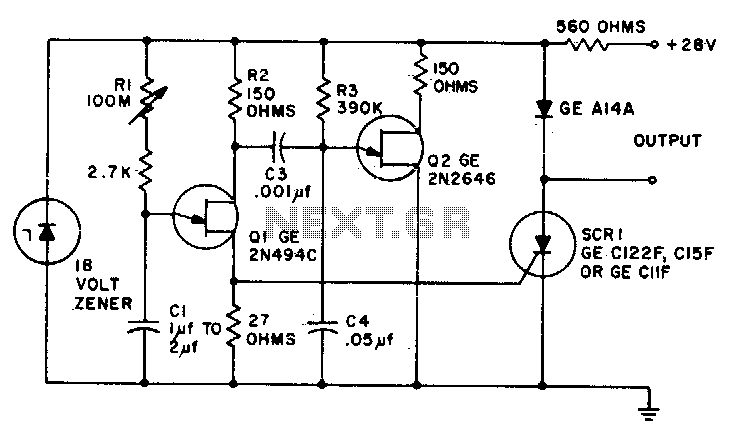
Line operated thyristor control time delay
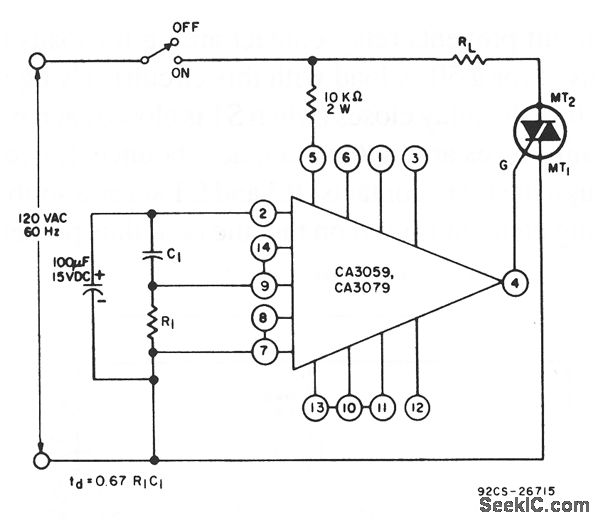
This circuit utilizes a CA3059 or CA3079 zero-voltage switch to manage the turn-on timing of a triac. The delay between the closure of the switch and the activation of the triac is determined by the resistor (R) and capacitor (C) values, as indicated by the relevant equation.
The circuit operates by taking advantage of the characteristics of the CA3059 or CA3079, which are designed to provide a controlled zero-voltage switching mechanism. This feature allows for precise timing control when activating a triac, which is commonly used for AC load control applications.
In the circuit, the resistor (R) and capacitor (C) form an RC timing network that dictates the delay period. When the switch is closed, the capacitor begins to charge through the resistor. The time constant of the RC network is defined as τ = R × C, where τ represents the time it takes for the capacitor to charge to approximately 63.2% of the supply voltage. The voltage across the capacitor will rise exponentially until it reaches the threshold voltage necessary to trigger the triac.
Once the triac is triggered, it will remain in the 'on' state as long as there is sufficient current flowing through it, allowing for the control of AC loads without the need for mechanical switching. The precise values of R and C can be adjusted to modify the delay time, allowing for customization based on the specific requirements of the application.
This circuit design is particularly advantageous in applications where soft-start mechanisms are desired, minimizing inrush currents and extending the lifespan of connected components. Additionally, the use of zero-voltage switching reduces electromagnetic interference (EMI), making it suitable for sensitive electronic environments.
Overall, the combination of the CA3059 or CA3079 with a tailored RC timing network provides an effective solution for controlling the turn-on timing of triacs in various electronic applications.This circuit uses a CA3059 or CA3079 zero-voltage switch to control turn-on time of a triac. The delay between switch closure and turn-on is set by the values of R and C, as shown by the equation. 🔗 External reference
The circuit operates by taking advantage of the characteristics of the CA3059 or CA3079, which are designed to provide a controlled zero-voltage switching mechanism. This feature allows for precise timing control when activating a triac, which is commonly used for AC load control applications.
In the circuit, the resistor (R) and capacitor (C) form an RC timing network that dictates the delay period. When the switch is closed, the capacitor begins to charge through the resistor. The time constant of the RC network is defined as τ = R × C, where τ represents the time it takes for the capacitor to charge to approximately 63.2% of the supply voltage. The voltage across the capacitor will rise exponentially until it reaches the threshold voltage necessary to trigger the triac.
Once the triac is triggered, it will remain in the 'on' state as long as there is sufficient current flowing through it, allowing for the control of AC loads without the need for mechanical switching. The precise values of R and C can be adjusted to modify the delay time, allowing for customization based on the specific requirements of the application.
This circuit design is particularly advantageous in applications where soft-start mechanisms are desired, minimizing inrush currents and extending the lifespan of connected components. Additionally, the use of zero-voltage switching reduces electromagnetic interference (EMI), making it suitable for sensitive electronic environments.
Overall, the combination of the CA3059 or CA3079 with a tailored RC timing network provides an effective solution for controlling the turn-on timing of triacs in various electronic applications.This circuit uses a CA3059 or CA3079 zero-voltage switch to control turn-on time of a triac. The delay between switch closure and turn-on is set by the values of R and C, as shown by the equation. 🔗 External reference
